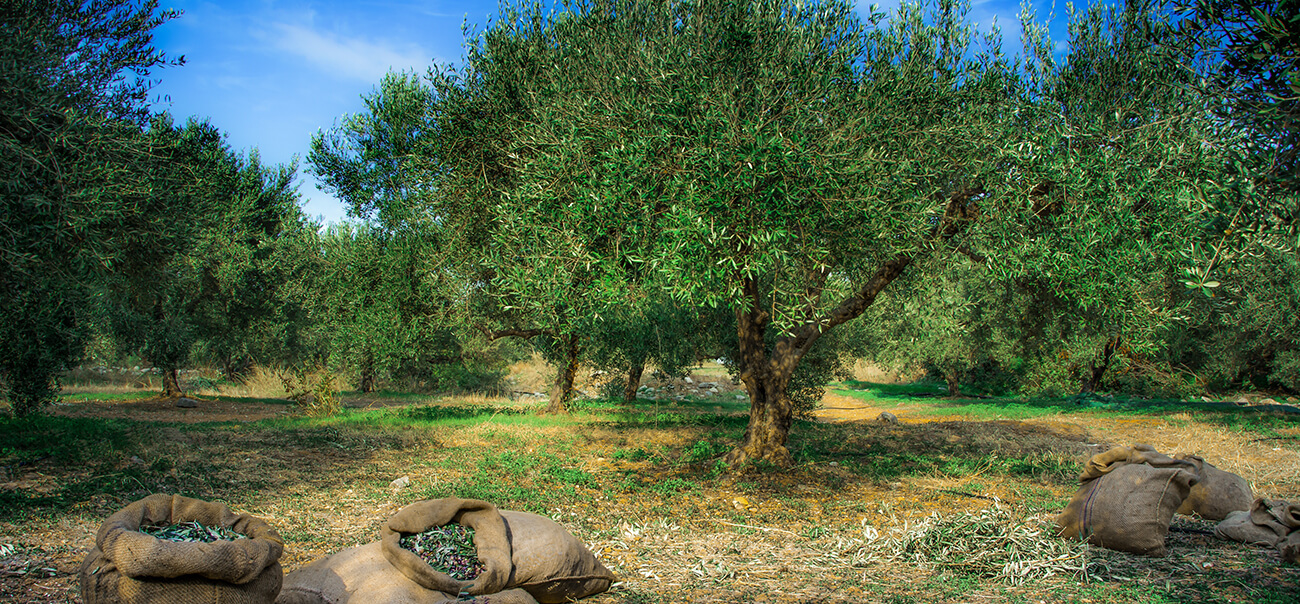Moo
History
Morocco has always been a land of olives. Over the millenia, the olive tree has become imbued with the culture, cuisine, habits, rhythms, and seasons of the country and a passion for the production of olive oil has been passed on from generation to generation, bringing people together over the values of conviviality and hospitality.

Olive horticulture has a long history in the region. Though originally believed to be brought by Phoenician navigators, olive tree horticulture might have been cultivated in North Africa long before by native Berbers.
In 1920, archaeologist Stéphane Gsell noted that the Berber language has a particular name to describe the cultivated olive tree: Azemmour. Given that the name cannot be attached to any Semitic root, he concluded that olive tree cultivation in North Africa preceded the arrival of the Phoenicians.

During Roman times, olive-growing horticulture became essential to social peace. By supplying olive oil to “popular masses” Romans were able to keep the population calm and avoid potential riots and rebellions.
The first traces of oil mills in Morocco date after the reign of Juba II (25 BC – 23 AD) in the 2nd and 3rd Century AD during the peak of Roman Civilization in Mauretania Tingitane. There are no less than 55 oil mills in the cities, and about a dozen have been spotted in the surrounding countryside. In the North, the Tangier region had 15 identified oil mills and while there were 16 in Lixus. Further south, Sala (Rabat) had two in the city and foor in the greater region.

 Français
Français


